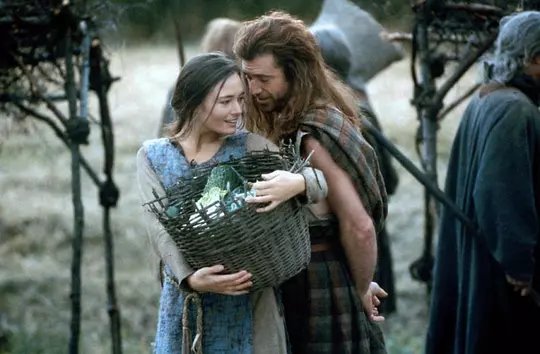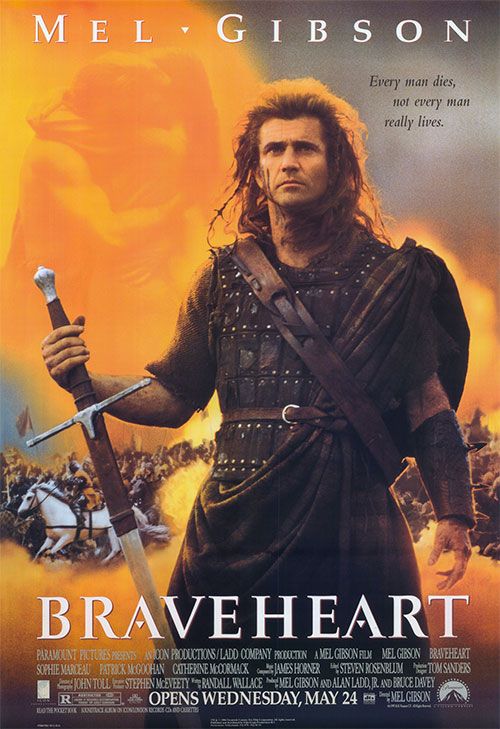Famous director Mel Gibson has directed a film and television classic “Braveheart”, the film starred Mel Gibson himself, other actors including Sophie Marceau, Brian Cox, James Cachamot and other film stars, the film with its excellent camera display and profound historical connotations swept the film industry, won the 68th Academy Awards, including the best film, best director, five awards, can be described as It won five awards, including Best Picture and Best Director, at the 68th Academy Awards, which was well deserved.

Brave heart” has always been regarded as a tragic, epic film, a blend of blood and tears, it is set in the 13th-14th century England’s court politics, war as the core of the heroic deeds of the Scottish national hero William Wallace against the English colonial rule. When Wallace was a child, in his sleep, his dead father said, “Your heart is free, and you must fight bravely for it!” .

In fact, Wallace’s interest in life was not in war, but in living a peaceful and free life, marrying a wife and having children, and enjoying a peaceful life. But the rulers of England did not give him such an opportunity, but forced him to become a warrior who fought for freedom. The spirit of William Wallace was like a banner that guided the Scottish people to fight for the final freedom.

The film is an excellent reflection of the history of the Scottish people’s war against the English aristocracy. The movie combines and borrows all the success factors of Hollywood blockbusters: beautiful men and women, tragic endings, hooks and swords, and an epic war narrative. It should be said that this is not an easy film to make. From the overall story, the plot concept to the characterization, Mel Gibson has handled it with as much care and seriousness and accuracy as possible, which makes this film can become a history textbook, deeply moving and quite remarkable.

For the director, love is undoubtedly the eternal theme. Brave heart still continues this approach, with the love line of Wallace and Isabella intertwined throughout the production, amidst the warring fires. The love in the film clearly depicts the legendary and poignant typical features of chivalry in the old century, and the protagonist’s conquest of Isabella reflects their common pursuit of freedom; creatively, it is a replica of the love story of European chivalric novels.

Secondly, the film has a variety of techniques in the use of music, paying attention not only to the paving of epic feelings, but also to the performance of specific scenes. The most prominent point is the use of Scottish bagpipe music. The sadness of Scottish bagpipe music, the songs and dances shown through the plot, makes the whole movie full of rich national colors. Whether in specific scenes or to give a deeper meaning, the director is very decent control of the rhythm of the music. It is worth mentioning that most of the music genres in this film are ambient and infectious, and the director tries to give a sense of ambient awareness and immersion in the overall environment of the film through the melody and rhythm of the sound of special instruments with specific national and regional characteristics or characteristics of the times.

Throughout the film “Brave heart”, it not only reflects the beauty of pure natural scenery, but also shows the complexity of acute conflicts, the sensuality of tortuous love and the hero’s unyielding courage, conveying the voice of people calling for a better life. The film shows the director’s perfect combination of scenes, actors and emotions and his superb acting skills. This film, full of justice and national responsibility, has shaken the hearts of countless viewers. This strong impact from the heart is still the result of the call, desire, persistence and effort for the future, and the film inherently conveys the criticism and declaration of war against the old feudal system and the desire for the strength of the new generation and a better society making it a classic work with profound historical value.
